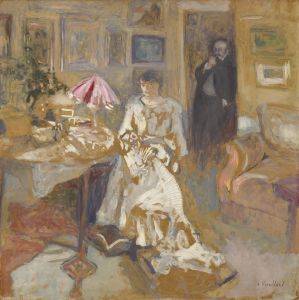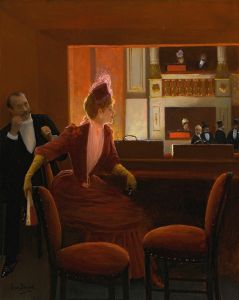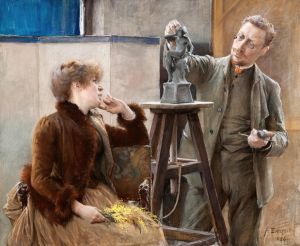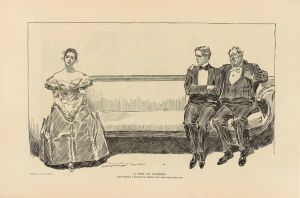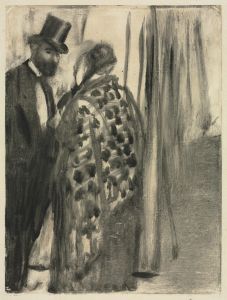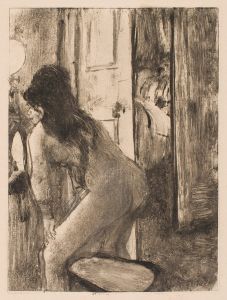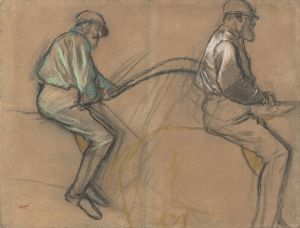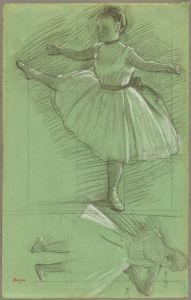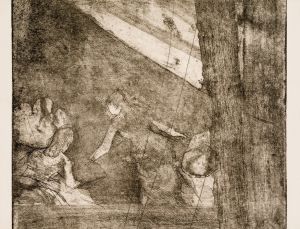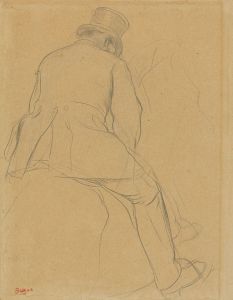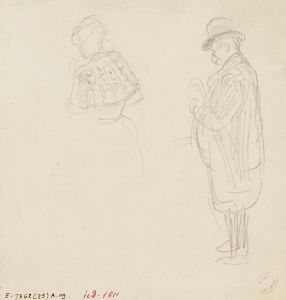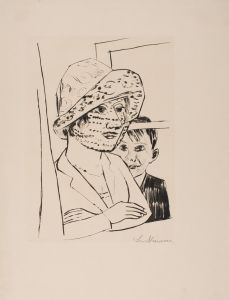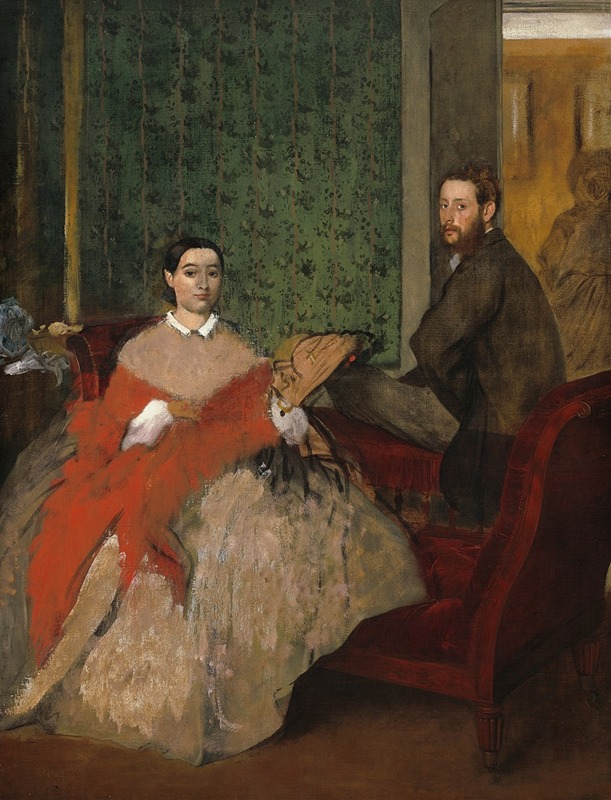
Edmondo and Thérèse Morbilli
A hand-painted replica of Edgar Degas’s masterpiece Edmondo and Thérèse Morbilli, meticulously crafted by professional artists to capture the true essence of the original. Each piece is created with museum-quality canvas and rare mineral pigments, carefully painted by experienced artists with delicate brushstrokes and rich, layered colors to perfectly recreate the texture of the original artwork. Unlike machine-printed reproductions, this hand-painted version brings the painting to life, infused with the artist’s emotions and skill in every stroke. Whether for personal collection or home decoration, it instantly elevates the artistic atmosphere of any space.
Edmondo and Thérèse Morbilli is an early painting by the French artist Edgar Degas, created around 1865. This work is a double portrait depicting Degas's sister Thérèse and her husband, Edmondo Morbilli. The painting is notable for its intimate and restrained composition, reflecting Degas's interest in portraiture during the early stages of his career.
Thérèse Degas married Edmondo Morbilli, an Italian businessman, in 1861. The couple lived in Naples, Italy, and their marriage connected Degas to Italian culture and society, which influenced his artistic development. Degas visited Italy multiple times during the 1850s and 1860s, and these trips played a significant role in shaping his artistic style, particularly his approach to portraiture and his study of Old Masters.
In Edmondo and Thérèse Morbilli, Degas employs a subdued color palette and a balanced composition to convey the personalities and relationship of the sitters. The painting captures a sense of quiet intimacy, with the figures positioned close together and their expressions rendered with subtlety. Degas's attention to detail is evident in the textures of the clothing and the delicate modeling of the faces, showcasing his technical skill and sensitivity as a portraitist.
This work is considered an example of Degas's early experimentation with portraiture, a genre he would continue to explore throughout his career. While Degas is best known for his later works depicting dancers, horse races, and scenes of modern life, his portraits reveal his deep interest in capturing the individuality and character of his subjects.
The painting is currently housed in the National Gallery of Ireland in Dublin. It remains an important example of Degas's early artistic development and his ability to convey psychological depth through portraiture.





